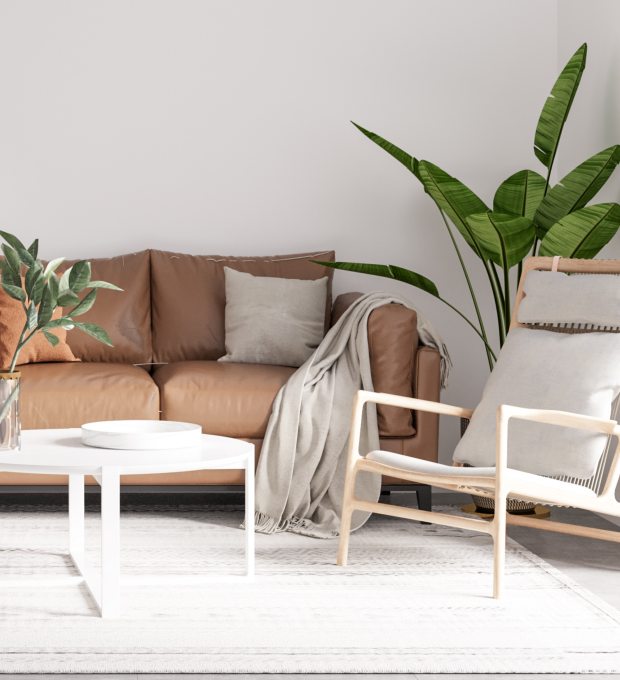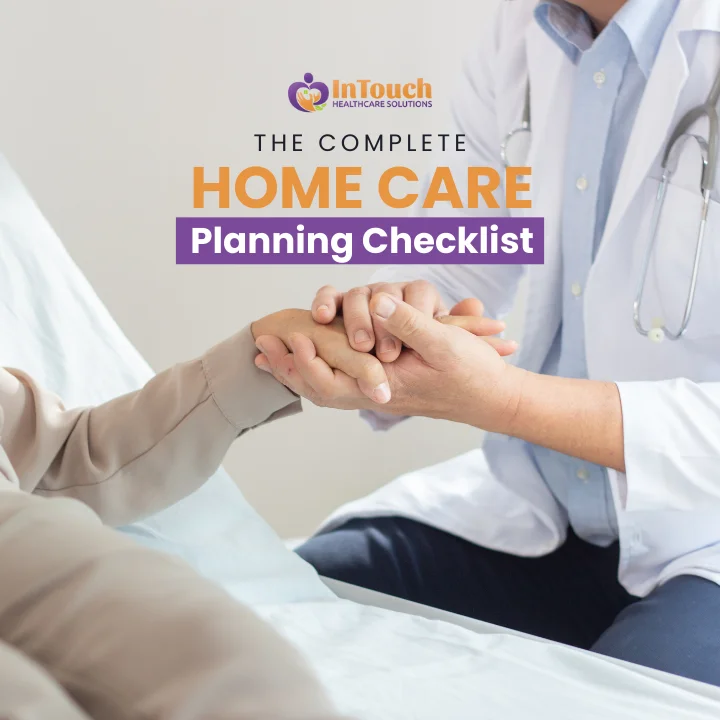One wrong step can change everything. For older adults, a simple fall isn’t always simple—it can mean broken bones, a hospital stay, or even the end of independent living. Falls are the leading cause of injury-related death among adults aged 65 and older, according to a CDC report . As the senior population increases, so does the risk of falling, making fall prevention in elderly care more critical than ever. A single fall can lead to serious injury, loss of independence, and emotional decline—many of which are preventable with the right strategies.
In this article, we’ll explore why fall prevention is more important than ever, highlight the help for elderly, and offer practical ways to help older adults stay safe and steady at home. We’ll also address how understanding elderly falls consequences can guide families in making informed choices to protect long-term mobility and independence.
Key Takeaways
- Fall prevention in elderly care is more urgent than ever due to rising health and financial risks.
- Recognizing the risk of falling early can prevent long-term injuries and emotional decline.
- Effective home modifications for elderly safety significantly reduce common in-home hazards.
- Building daily habits that improve stability and strength is essential for safe, independent living.
- Home care solutions can help in preventing falls at home and promoting senior safety at home every day.
The Urgent Need for Fall Prevention in Elderly Care
Why Falls Are Becoming More Common Among Older Adults
One out of four individuals aged 65 and older falls each year. Factors such as longer life expectancy, increased rates of chronic conditions, and sedentary lifestyles contribute to higher fall risks. This makes fall prevention in elderly not just a healthcare priority but a public health imperative.
The Emotional, Physical, and Financial Toll of Falls
Falls can lead to broken bones, traumatic brain injuries, and even death. Beyond the physical, they often trigger a loss of confidence and increase social isolation. The financial burden is also significant: Fall-related health care costs the United States nearly $30 billion annually.
Understanding Elderly Falls Consequences
Falls can have a range of outcomes, but some are particularly devastating. Beyond broken bones, certain injuries can alter the entire course of an older adult’s life. The chart below highlights common fall outcomes and ranks them based on severity, recovery time, and impact on independence.
| Type of Fall Consequence | Severity | Recovery Time | Impact on Independence |
| Hip Fracture | High | Months to over a year | Often leads to long-term care |
| Traumatic Brain Injury (TBI) | Very High | Varies; often long-term | High cognitive/physical decline |
| Pelvic Fracture | High | Months | May limit mobility permanently |
| Vertebral Compression Fracture | High | Months | Chronic pain and posture issues |
| Fear and Psychological Effects | High | Ongoing without support | Reduces confidence and activity |
| Ankle or Foot Fracture | Medium | Months | Limits walking and independence |
| Wrist or Arm Fracture | Medium | Weeks to months | Moderate—may regain function |
Long-term effects of falls in the elderly include reduced mobility, emotional distress, and loss of independence—often with lasting consequences.
A major issue is the fear of falling in older adults, which causes them to avoid movement. This inactivity weakens muscles and balance, raising fall risk even more.
Home modifications for elderly safety—like grab bars and better lighting—play a vital role in reducing the risk of falling in daily living spaces.Prioritizing senior safety not only helps prevent injuries but also supports independence and confidence at home.
Certain injuries have particularly serious consequences. For example, a vertebral compression fracture may cause chronic pain and posture problems over time. A dislocated shoulder can result in temporary mobility loss, limiting the ability to carry out daily tasks. An ankle or foot fracture often restricts walking and may require a lengthy recovery, increasing reliance on caregivers.
Common Causes of Falls in Seniors
Several intrinsic and extrinsic factors contribute to the risk of falling, including:
- Muscle weakness and poor balance – Aging leads to natural loss of muscle mass, which reduces strength and coordination needed for daily tasks.
- Chronic illnesses (e.g., Parkinson’s, arthritis, diabetes) – Conditions like Parkinson’s affect mobility and balance, while diabetes can cause foot numbness.
- Vision or hearing impairments – Impaired vision makes it harder to notice obstacles, and hearing loss affects spatial awareness. Safe home lighting for elderly fall prevention helps improve safety.
- Side effects of medications – Some drugs cause dizziness or low blood pressure, affecting balance and increasing fall risk.
- Environmental hazards (loose rugs, poor lighting) – Cluttered, dark, or slippery areas are common yet preventable causes of falls. Simple adjustments can eliminate these risks.
How to Recognize High-Risk Behavior
Some early warning signs that an older adult is at risk of falling include:
- Difficulty walking or standing – If a person struggles to maintain balance or frequently pauses to catch themselves, it’s a clear signal that mobility is compromised.
- Holding onto furniture while walking – Relying on walls, chairs, or countertops for balance suggests a lack of confidence and physical stability.
- Frequent tripping or unsteadiness – Regular loss of footing, even on flat surfaces, may indicate issues with vision, proprioception, or muscle control.
- Avoidance of physical activity – When seniors avoid movement due to fear of falling, they become more sedentary, which further weakens muscles and balance.
Preventing Falls at Home: Where to Begin
Home Safety Checklist
Creating a safe home environment is the first step in preventing falls at home. Use this checklist:
- Remove clutter and clear pathways
- Secure rugs and carpets with non-slip backing
- Improve lighting throughout the home
- Install grab bars in bathrooms and near stairs
- Use non-slip mats in showers and tubs
Smart Devices for Senior Safety at Home
Technology can also play a role in senior safety at home:
- Fall detection monitors
- Medical alert systems
- Smart lighting systems with motion sensors
Healthy Daily Habits
Incorporating the following habits can prevent falls in older adults:
- Stay physically active to maintain strength and balance
- Drink plenty of water and eat a balanced diet
- Get regular sleep to avoid fatigue and disorientation
Footwear and Clothing Tips
Improper footwear is a common cause of falls. Choose:
- Non-slip soles
- Low-heeled shoes
- Avoid long, loose clothing that could cause tripping
- Ensure proper shoe fit to avoid instability or discomfort
- Choose easy-to-wear clothing that doesn’t require bending or balancing
Medication Reviews
Work with Skilled Nursing Support to:
- Identify medications that cause dizziness or drowsiness
- Adjust dosages as necessary
- Monitor for drug interactions
- Review over-the-counter supplements and herbal remedies
- Reassess prescriptions regularly based on new health changes
Reducing Fall Risk Through Exercise and Movement
Incorporating daily habits that improve stability is essential to long-term fall prevention. These include regular movement, light stretching, and posture awareness—small efforts that build cumulative strength over time.
Exercises That Strengthen Balance
Programs like Tai Chi, yoga, and strength training have been proven to help in reducing fall risk:
- Leg lifts – Help strengthen the hip flexors and improve stability while walking or standing from a seated position.
- Heel-to-toe walking – Trains coordination and balance by forcing the body to maintain alignment and control during slow, deliberate steps.
- Standing on one foot – Boosts ankle strength and improves proprioception, which helps older adults maintain control when shifting weight or turning.
Benefits of Physical Therapy
Physical therapy is an essential part of fall prevention in elderly care. It helps reduce the risk of injury and supports recovery from elderly falls consequences by improving balance, strength, and mobility.
Physical therapists can:
- Customize exercises for mobility challenges – Tailored routines address specific weaknesses or health conditions.
- Teach safe movement techniques – Seniors learn how to navigate common movements like sitting, standing, and turning more safely.
- Improve overall strength and coordination – Building core and lower-body strength enhances stability in everyday tasks.
- Reduce joint pain and stiffness – Therapy can ease discomfort, which encourages more movement and reduces fear of falling.
- Enhance posture and gait – Proper posture and walking techniques reduce the chance of stumbling or uneven steps.
Senior Safety at Home: How to Create a Fall-Proof Space
Focus Areas: Bathrooms, Stairs, and Kitchens
These are high-risk zones for seniors. Recommended improvements:
- Install handrails on both sides of staircases
- Add night lights in hallways and bathrooms
- Store frequently used items within easy reach
Assistive Devices
Support independence and safety with:
- Walkers or canes
- Shower chairs and raised toilet seats
- Reachers and grabbers
How Home Health Care Services Help With Fall Prevention in Elderly
Personalized Care Plans
Home care professionals assess each client’s unique needs and develop personalized care plans focused on minimizing fall risk. These plans may include scheduled mobility exercises, adjustments to the home environment, and coordinated medication reminders. By customizing care to the individual, caregivers help older adults navigate daily life more safely and with greater independence.
Ongoing Monitoring and Support
Caregivers can:
- Assist with mobility and transfers
- Monitor for changes in condition
- Encourage physical activity and hydration
Family Relief and Peace of Mind
Home care provides families with more than just physical assistance for their loved ones—it delivers emotional reassurance. Knowing that a trained caregiver is present reduces stress, prevents burnout, and creates space for family members to focus on their own well-being. This peace of mind is especially valuable when families are balancing work, parenting, or living far away, yet still want the best care possible for their aging loved one.
Conclusion
The best way to avoid the devastating consequences of a fall is to prevent it from happening in the first place. Through environmental modifications, healthy routines, and professional support, fall prevention in elderly care can preserve both safety and dignity. Proactive care today ensures better outcomes tomorrow.
If your aging loved one shows signs of instability or mobility decline, don’t wait for a fall to happen. Contact a trusted home health care agency to schedule a fall risk assessment and learn how personalized support can make a real difference.
Frequently Asked Questions About Fall Prevention In Elderly
How to keep an elderly person from falling?
To prevent falls, start by creating a clutter-free, well-lit home environment. Supportive tools like grab bars and walkers are helpful, and regular movement along with reviewing medications can reduce risks.
What is the number one cause of falls in the elderly?
Loss of balance is the leading cause of falls, often linked to weaker muscles, medication side effects, or chronic conditions like arthritis.
How to avoid falls in old age?
Stay active, keep living spaces clear and well lit, wear proper shoes, and get regular vision and hearing checks to stay steady and safe.
What are the best exercises to prevent falls?
Balance-focused exercises like Tai Chi or seated marches help improve strength, coordination, and confidence in daily movement.
How to safety proof a home for the elderly?
Add grab bars, secure rugs, improve lighting, and organize furniture to allow easy, safe movement throughout the house.






